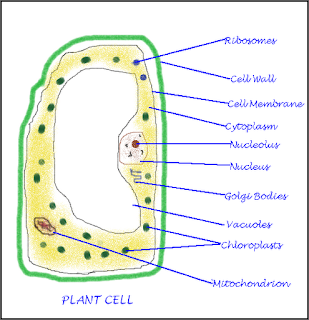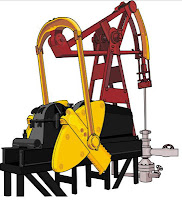REACHING THE AGE OF ADOLESCENCE
Q & A Based NCERT Class 8 Science Chapter
Q 1: List the changes occur during adolescent age.
Answer:
CHANGES OCCUR AT ADOLESCENT AGE:
1) INCREASE IN HEIGHT
2) DEVELOPMENT OF HAIR
3) SEXUAL FEELING
4) VOICE CHANGES
5) CHANGE IN BODY SHAPE
6) CHANGE IN BEHAVIOUR AND ATTITUDES
7) ACTIVITY OF SWEAT AND OIL GLANDS
Q 2: What is the function of endocrine system? What is it made up of?
Answer: There are a number of other slower processes that go on in the body, such as growth such processes are primarily controlled by the endocrine system.
The endocrine system consist of a number of ductless glands that secrete hormones.
Q3: What is Adam's apple?
Answer: Adam's apple: The protruding part of the throat is called Adam’s apple. It is the enlarged voice box or larynx which gets enlarged and visible from outside in boys at the onset of puberty. This makes the voice of boys hoarse.
Q 4: Name four body processes that hormones control?
Answer: Growth behavior, development and reproduction are controlled by hormones.




















